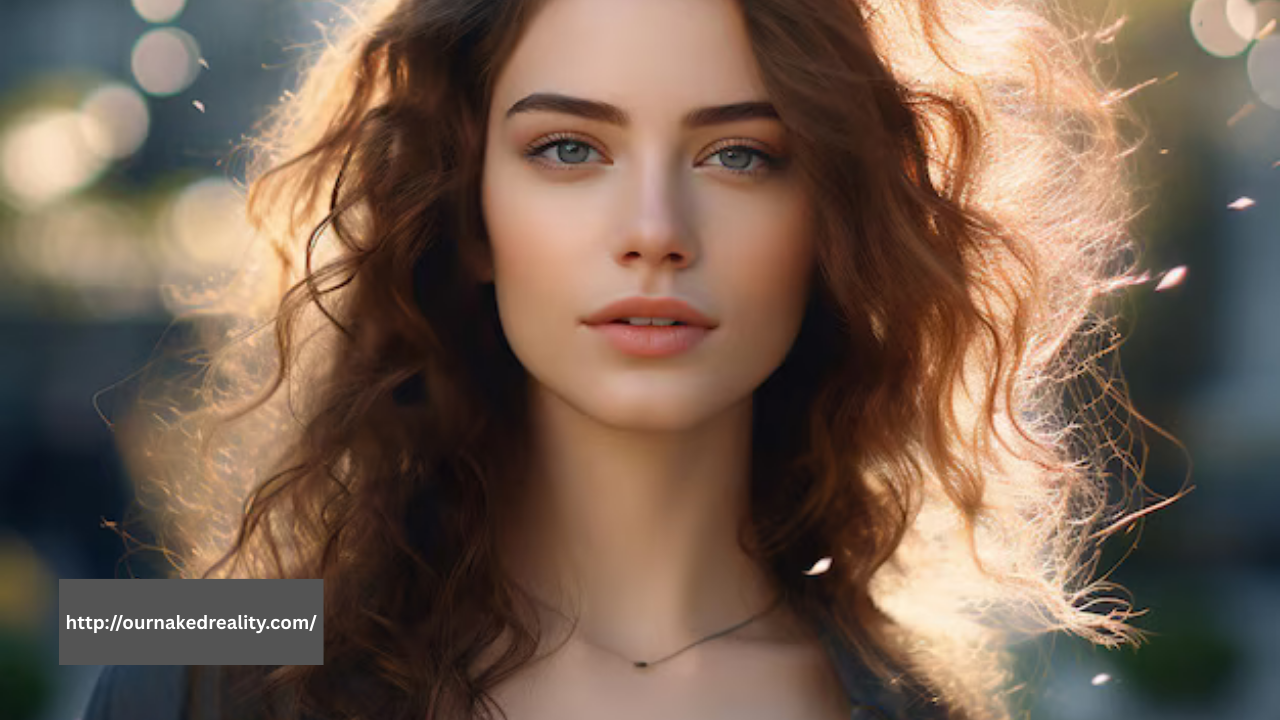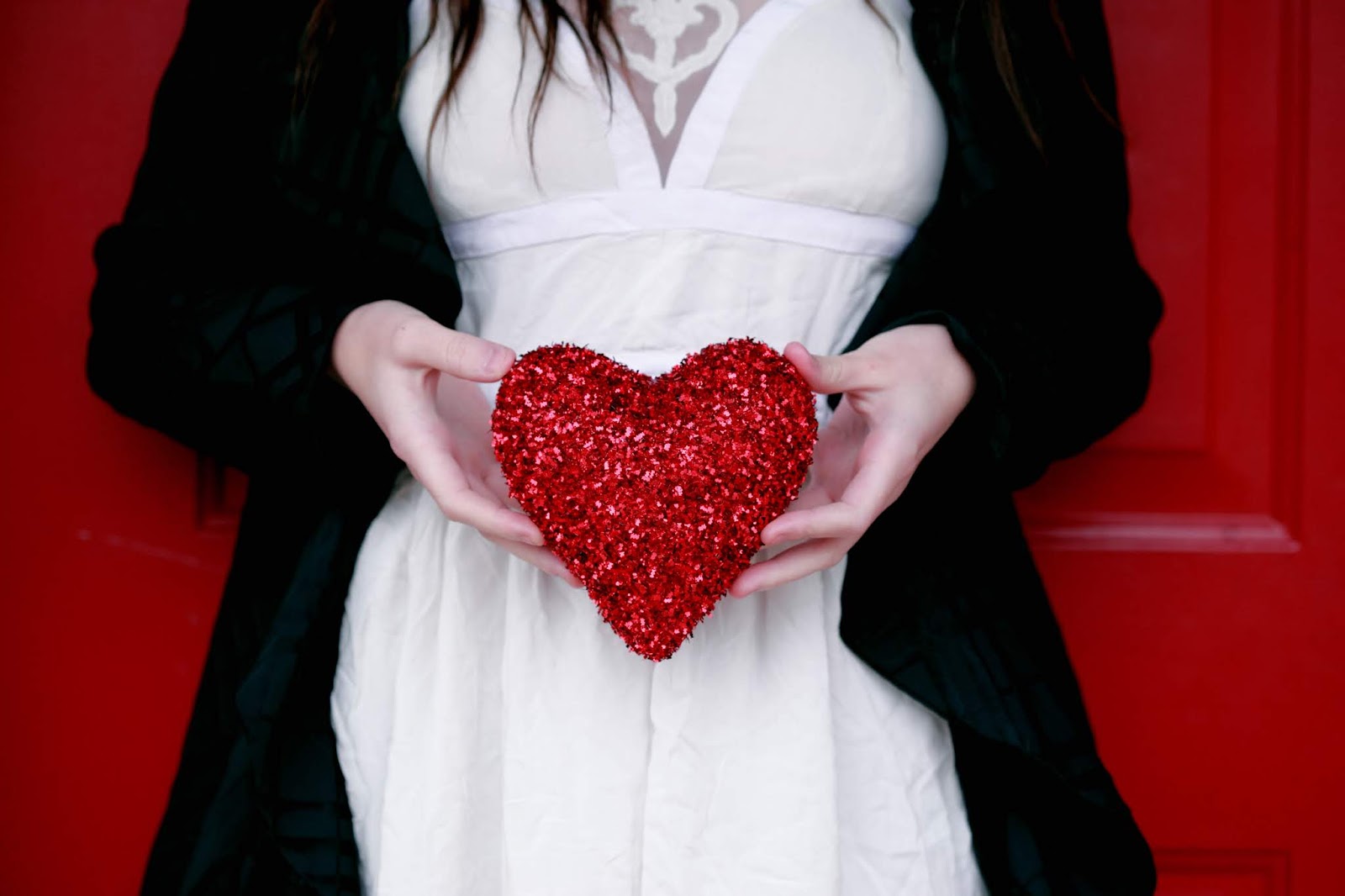Hollywood has long held the power to shape cultural ideals, especially when it comes to beauty, passion, and desire. Through the lens of the camera—often referred to as “the cinematic gaze”—films construct images of love and attraction that both reflect and influence societal norms. From silver-screen sirens of the past to today’s blockbuster romances, Hollywood continues to mold how we perceive what is beautiful, desirable, and worth loving.
The Power of the Gaze
The term “cinematic gaze,” particularly the “male gaze,” was popularized by film theorist Laura Mulvey in the 1970s. It refers to the way visual media often portrays women from a heterosexual male perspective—positioning them as objects of desire rather than as complex individuals. This gaze dictates not just how women are shown on screen, but how audiences are encouraged to view beauty and attraction.
In classic Hollywood films, actresses like Marilyn Monroe, Ava Gardner, and Rita Hayworth were styled to represent a narrow and often sexualized version of femininity. Their looks, body language, and wardrobe were carefully crafted to satisfy viewer fantasies. Men, on the other hand, were often portrayed as powerful, emotionally restrained, and in control—fueling a very specific dynamic of romance and desire.
Defining Beauty Through Film
Hollywood has long presented a narrow standard of beauty—typically white, thin, able-bodied, and conventionally attractive. This standard has been so pervasive that it shaped public perception across generations. Actresses and actors who fit this mold were more likely to be cast in leading romantic roles, reinforcing the idea that only certain types of people are worthy of love and desire.
As a result, audiences have internalized these beauty ideals, often measuring themselves against the polished, idealized images they see on screen. This has contributed to widespread issues of body image dissatisfaction, particularly among young viewers. While modern cinema has made some progress with more diverse casting, the mainstream romantic narrative still often prioritizes traditional standards of beauty.
Portrayal of Passion and Romance
Hollywood also plays a significant role in defining how passion should look and feel. Romantic films typically highlight intense, all-consuming love stories—marked by fiery chemistry, dramatic conflicts, and sweeping gestures. This can create unrealistic expectations about relationships, making viewers believe that true love must always be passionate and dramatic to be meaningful.
Films like Titanic, The Notebook, and Fifty Shades of Grey have all contributed to the glamorization of romantic obsession and emotional volatility. While these portrayals are cinematic and emotionally gripping, they don’t often reflect the stability, compromise, and communication that healthy relationships require in real life.
Shifting the Lens
In recent years, there’s been a slow but growing shift in Hollywood. Films and series like Moonlight, To All the Boys I’ve Loved Before, and Past Lives have begun to offer more nuanced, inclusive portrayals of love, beauty, and desire. These stories present romance through a broader lens—one that embraces different body types, cultures, sexualities, and emotional experiences.
Conclusion
Hollywood’s cinematic gaze has long shaped how we see beauty, passion, and desire. While its portrayals can be powerful and emotionally compelling, they often promote narrow and unrealistic ideals. As audiences become more aware of these influences, the demand for diverse, authentic, and emotionally rich stories continues to grow—challenging the traditional gaze and expanding what it means to love and be loved on screen.









